 Facebook
Facebook
 X
X
 Instagram
Instagram
 TikTok
TikTok
 Youtube
Youtube
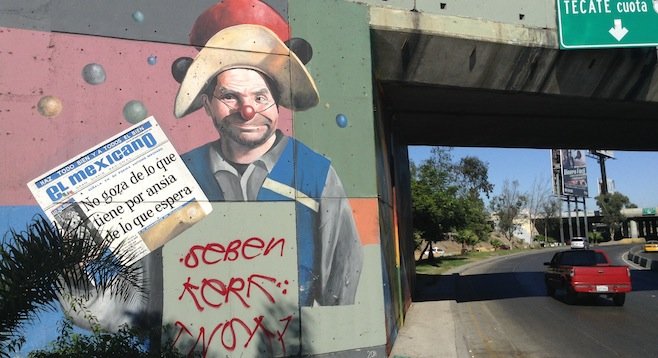
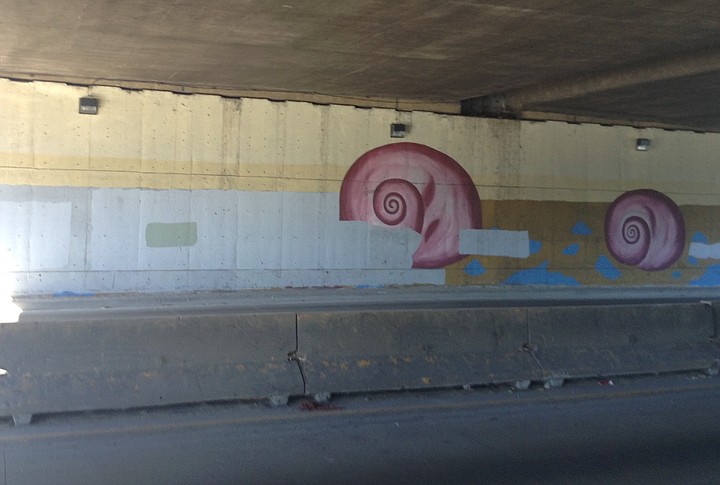
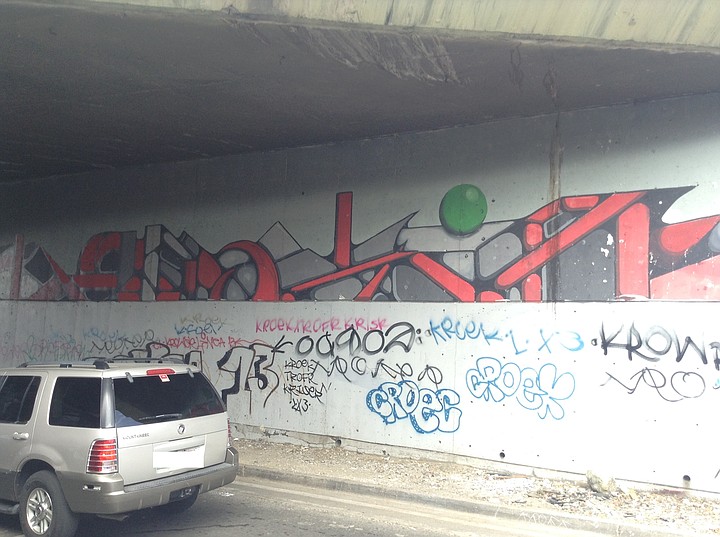
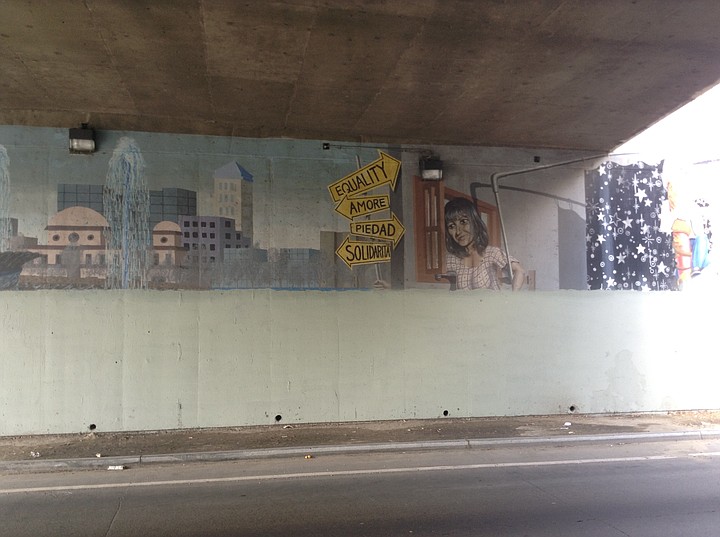
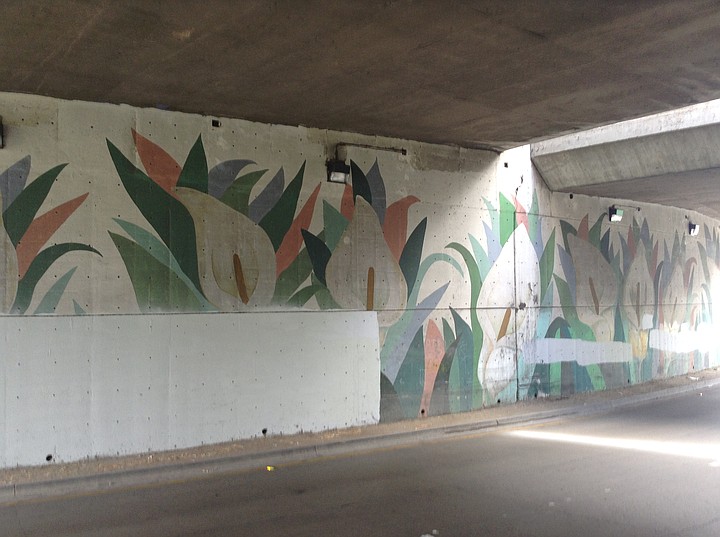
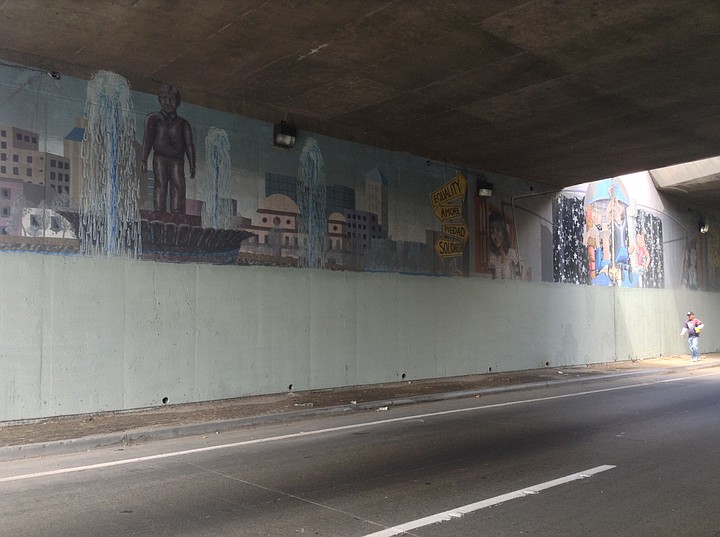

Tijuana's façade has never been a pretty one; there are not many green spaces, billboards are placed everywhere and with no clear building regulations. City folk have built whatever they want, wherever they want. In his environment, street art flourishes and gives the city something to be proud of.
However, with the intention of making Tijuana a better looking city by eliminating graffiti, the works of recognized artists have suffered, they say.
“The authorities are ignorant and not cultured enough to recognize the difference between street art and street tagging,” says artist and muralist Ramón García Vásquez, whose work has been painted over by city workers. “For them, everything is graffiti and they don't recognize the art that's legal from the illegal stuff.”
Tello Martínez Miranda (Pepe Nacho) has been selling newspapers at the end of Calle Segunda since he was 10 years old. After 50 years of his daily routine, Pepe Nacho became the subject of a mural painted by Ariana Escudero in June of 2011. The painting is on a busy street that leads to San Ysidro's border crossing.
However, a portion was recently defaced by taggers; it was subsequently painted over by public servants with a coat of gray. Artists say the removal process, instead of serving its purpose of eliminating graffiti, serves as a fresh canvas for anyone with a spray can. Within a few days, the gray portion had been covered in tags.
Alonso “El Norteño” Delgadillo, a muralist and professor at Universidad Autónoma de Baja California, also had artwork covered. “I had a piece in El Soler, but I haven't had time to check the damage. It is completely unfair and a lack of respect for the artists that the city decided to cover all graffiti. I always work with permits from the owners of the walls I paint, but if it’s in a public space and not gated, city workers will simply paint over it.”
Ariana Escudero remains positive. “I investigated of my own accord who was responsible for painting over my mural, it turned out to be Obras Públicas Municipales,” she says. “We had a meeting with them where we discussed what had happened. They apologized and now we're waiting for a committee to be in charge of restoring the artwork."
Christian Camarena, a spokesman at Tijuana's city hall, says, “Covering graffiti was part of the program ‘Tijuana Limpia,’ and it had nothing to do with gang activity or anything like that. From my personal standpoint and not one associated with my workplace, I recognize the mistake. The important thing here is not to focus on the wrong deed, but to work on the solution."
Camarena says that IMAC (Instituto Municipal de Arte y Cultura) is now in charge of working with the artists for a proper restoration. Several calls to IMAC found the institution unsure of how to proceed and with an unclear sense of leadership. Much of that will hopefully be resolved at an August 1 meeting between IMAC and artists.








Tijuana's façade has never been a pretty one; there are not many green spaces, billboards are placed everywhere and with no clear building regulations. City folk have built whatever they want, wherever they want. In his environment, street art flourishes and gives the city something to be proud of.
However, with the intention of making Tijuana a better looking city by eliminating graffiti, the works of recognized artists have suffered, they say.
“The authorities are ignorant and not cultured enough to recognize the difference between street art and street tagging,” says artist and muralist Ramón García Vásquez, whose work has been painted over by city workers. “For them, everything is graffiti and they don't recognize the art that's legal from the illegal stuff.”
Tello Martínez Miranda (Pepe Nacho) has been selling newspapers at the end of Calle Segunda since he was 10 years old. After 50 years of his daily routine, Pepe Nacho became the subject of a mural painted by Ariana Escudero in June of 2011. The painting is on a busy street that leads to San Ysidro's border crossing.
However, a portion was recently defaced by taggers; it was subsequently painted over by public servants with a coat of gray. Artists say the removal process, instead of serving its purpose of eliminating graffiti, serves as a fresh canvas for anyone with a spray can. Within a few days, the gray portion had been covered in tags.
Alonso “El Norteño” Delgadillo, a muralist and professor at Universidad Autónoma de Baja California, also had artwork covered. “I had a piece in El Soler, but I haven't had time to check the damage. It is completely unfair and a lack of respect for the artists that the city decided to cover all graffiti. I always work with permits from the owners of the walls I paint, but if it’s in a public space and not gated, city workers will simply paint over it.”
Ariana Escudero remains positive. “I investigated of my own accord who was responsible for painting over my mural, it turned out to be Obras Públicas Municipales,” she says. “We had a meeting with them where we discussed what had happened. They apologized and now we're waiting for a committee to be in charge of restoring the artwork."
Christian Camarena, a spokesman at Tijuana's city hall, says, “Covering graffiti was part of the program ‘Tijuana Limpia,’ and it had nothing to do with gang activity or anything like that. From my personal standpoint and not one associated with my workplace, I recognize the mistake. The important thing here is not to focus on the wrong deed, but to work on the solution."
Camarena says that IMAC (Instituto Municipal de Arte y Cultura) is now in charge of working with the artists for a proper restoration. Several calls to IMAC found the institution unsure of how to proceed and with an unclear sense of leadership. Much of that will hopefully be resolved at an August 1 meeting between IMAC and artists.
Comments